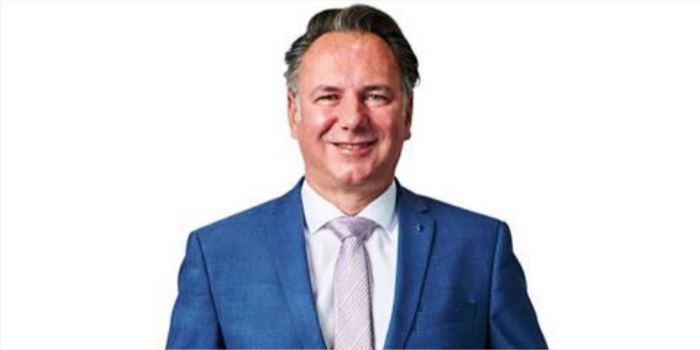
Reifenhäuser offers the most reliable and energy-efficient process
In this interview, Falk Roesner, Regional Sales Manager India, Reifenhäuser Reicofil, discusses the key demand drivers for nonwoven production lines and his company’s growth plans.
The current demand for nonwoven production lines is higher than in the past years due to Covid pandemic. Globally, Reifenhäuser Reicofil is known for supplying high-quality spunbond, meltblown, and composite lines for nonwovens. The biggest driver currently are medical applications, but hygiene is also strong, says Falk Roesner, Regional Sales Manager India, Reifenhäuser Reicofil, in this interview.
How is Reifenhäuser Group catering to the requirements of the nonwovens industry?
Firstly, we keep doing what we have been doing for many, many years: supplying state-of-the-art lines that are operating successfully for decades. Secondly, we are intensely monitoring markets as well as political currents for being able to supply the right technology at the right time. It is always our primary target to enter into a long-term relationship with our customers. Investing into the first line is usually only the starting point for them.
How is the demand for nonwovens lines (globally and in India)?
The current demand is higher than in the past years. This applies globally and for India. Comparing India with e.g. Europe or America, the market penetration in India is lower, which leaves more room for growth. The biggest driver currently are medical applications, but hygiene is also strong.
Are you seeing changes in demand patterns from your nonwoven customers due to Covid pandemic?
Clearly yes! The first spike we saw was for meltblown lines, making the filtration layer in facemasks, followed by a shortage on spunbonded materials, which is also used in masks. Currently, we are seeing many inquiries for lines for medical gowns and drapes. This is supported by a general trend for localisation, meaning countries or regions strive to become more independent from imports and global supply chains. Generally, the pandemic has drastically increased people’s awareness for the importance of hygiene.
Which nonwoven production technologies are seeing rise in demand?
I can only speak for technologies in our portfolio, meaning spunbond, meltblown and composites thereof. All have gained a huge momentum. We also see that carding works as a market opener for us, where people soon turn to the more economic technology to increase their long-term revenue.
How is the demand for nonwovens from the automotive industry?
Main applications in the automotive sector we currently see are in the field of filtration, air or liquids. In addition, there is a trend of replacing other materials with nonwovens, but compared to other applications the overall volume is smaller.
What are key emerging trends in nonwovens production technology?
Companies are looking for saving resources and energy. We are supporting this by offering the most reliable and energy-efficient process, which is also able to use raw materials from renewable resources or recycling.
In the recent months, did you launch any new solutions for nonwovens industry?
We recently introduced the fifth generation of our process – Reicofil 5. This technology enables our customers to go beyond the limits that existed before in terms of quality, output, uptime, efficiency and machine intelligence. We are also offering solutions for working with bio-based materials or post-consumer waste.
How do you see the potential of India for Reifenhäuser’s future growth?
We are seeing an increase in the number of inquiries as well as the number of lines actually sold to India. Now, going back to the topic of market penetration, we can say that India has a huge potential.
What are your plans to further tap the nonwovens market (globally and in India)?
Simply speaking, we need to keep doing what we are already doing. Looking at the world open minded to be able to provide the best possible solution for various demands. Besides making our customers successful with top-notch spunbond, meltblown and composite lines, we also set a strong focus on improving sustainability of our technologies as well as of the customer’s applications.



